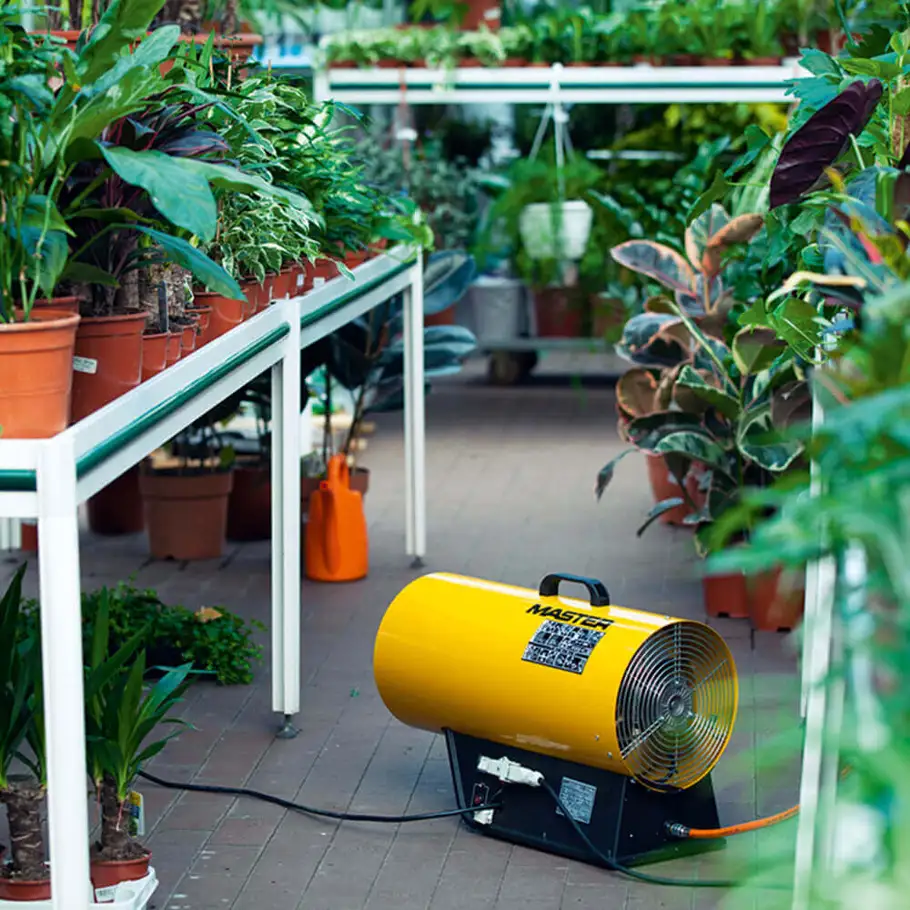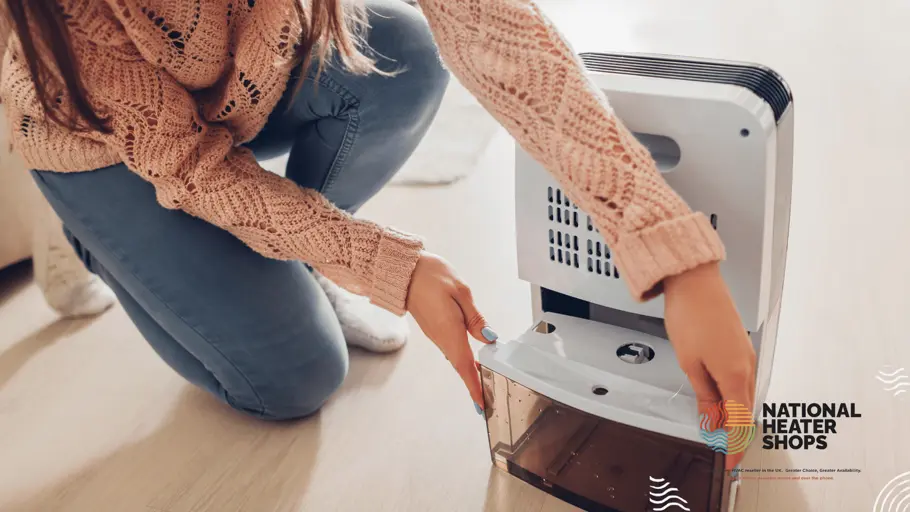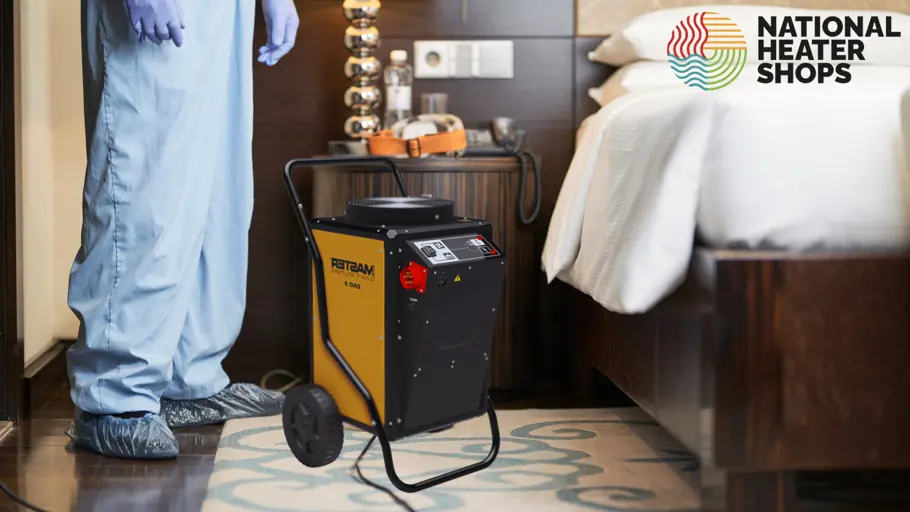How to Use a Greenhouse Heater
The cooler seasons can be the worst times for gardeners and their labour of love. To grow plants through autumn and winter, you must create the right environment in a greenhouse or polytunnel. For this, you need a greenhouse heater.
We're here to help you choose the best heater for greenhouses and how to use it properly!
What is a greenhouse heater?
Guess what? It's a space heater that helps keep a greenhouse, glasshouse, or polytunnel at a consistent temperature. So if you're propagating plants over the winter or have some delicate seedlings to look after, a suitable heater keeps the environment at a temperature that maximises growth.
What are the benefits?
- Gentle, uniform heat across the greenhouse ensures there won't be one area that is warmer or cooler than anywhere else. This way, your plants are all growing in the same environment.
- No limit to the growing season. A heater allows you to produce heat-sensitive plants all year round. This is ideal if you rely on home-grown produce. During winter, a greenhouse can replicate the warm summer months.
- They're easy to use. Once you install a heating system in a greenhouse, it needs little maintenance and is easy to use.
- They're adaptable and versatile. There are loads of models on the market for any budget and growing space.
How to insulate a greenhouse
Before investing, you should check that the insulation in your greenhouse is sound. There's no point in heating the area if the heat can escape through cracks, gaps, or holes. Significant heat loss is usually down to draughts getting through the structure somewhere. Insulation is essential.
You can use a horticulture fleece for insulation. They're great for cold nights and frost prevention. In addition, a fleece allows you to heat to a lower temperature, saving you money!
But remember that proper airflow is essential to prevent fungal infections on your plants. While your plants thrive in the moist, damp heat, so can bacteria. Bacteria will destroy plants if you allow it to spread, so consider ventilation.
When to use a heater?
Heaters are ideal for the cooler months, helping your plants continue to thrive.
Most greenhouse heaters have a thermostat and timer. They mean you can set the heater to turn itself on if the temperature dips below a certain point and turns them off automatically. So with a thermostat, you can leave your greenhouse unchecked for short periods without worry.
How to choose the right heater
When deciding on heating equipment, think about how you'll power it and the size of the space you're heating. This is a great way to determine a heater's upfront costs. Electric heaters are most popular, but kerosene and paraffin heaters suit some greenhouses better. The cost of these different heaters varies, as does the electricity or fuel to run them.
Electric fan heaters
Controlled by a thermostat, they can come in a range of 1kW to 3 kW heater, sizes to suit all greenhouses. These need a power socket, so they are not ideal for remote greenhouses. The electrical cost per day is dependent on local suppliers.
Kerosene/paraffin heaters
Although coming with some safety concerns, when used properly, Kerosene heaters are great for remote greenhouses as they do not need a power socket. They are also energy-efficient, being able to run for a long time without refuelling!
Solar powered heaters
These models are the most environmentally- friendly. These rely on less artificially created heat and are cost-effective, providing a continuous energy source, even if sunlight is low.
How to use a greenhouse heater
Placement is key for plant health and energy efficiency. Draughts cost money, so sealing them and placing your heater away from colder areas and away from plants ensure the temperature stays regular and does not damage your plants.
The heater's placement in your greenhouse is important to get right. If it's too close to plants and foliage, the flow of warm air can damage leaves. It is better to angle the air flow directly above nearby plants.
It's not ideal to pay to heat an entire greenhouse for a few plants.
Ensure your heater is only heating what it needs to by using a solid mass to block out areas you don't wish to heat. This could be a partition or insulating curtains to trap the heat.
Many heaters may have a thermometer. If yours doesn't, a remote thermometer allows for more accurate daily adjustments of
temperature.
Conclusion
Protect the Plants! A warm and well-ventilated greenhouse means happy, healthy plants! Keep your plants safe and well in all seasons with a greenhouse heater, standing by with its nurturing warmth.








